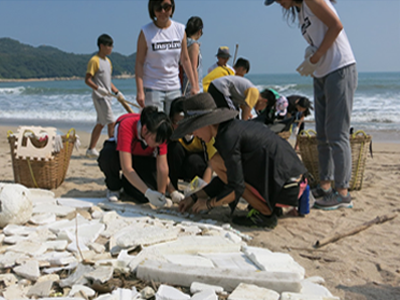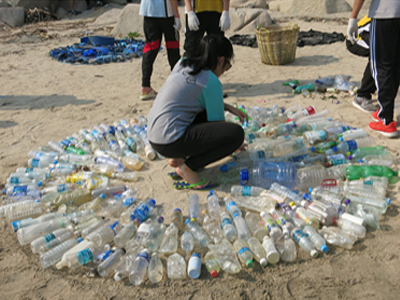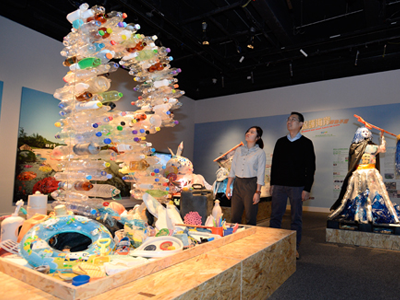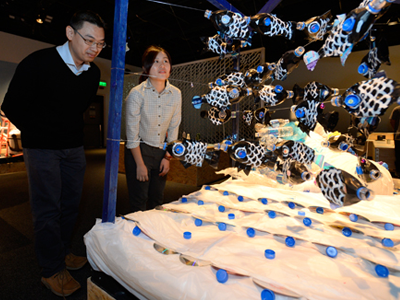
A Nightmare at Sea
It comprises the plastic flotsam collected from the beach cleaning operations in the North Sea, Hawaii, the Baltic Sea and the rest of the world. The severity of sea plastic garbage issue can be seen in this pile of waste.
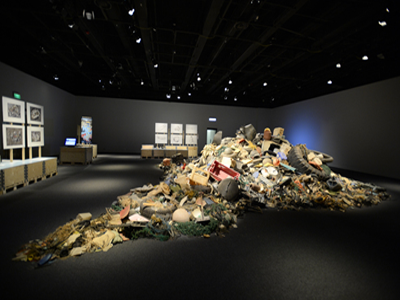
Plastic in the Sea
The exhibits in this area depict the catastrophe suffered by the sea as a result of plastic waste. The area explores the facts that plastic waste is threatening the lives of birds and marine animals and affecting the whole ecosystem.
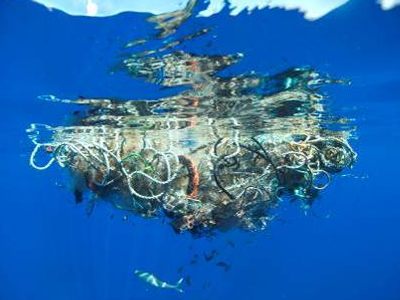
Under the surface, Great Pacific Garbage Patch, 2009, photo: © Lindsey Hoshaw
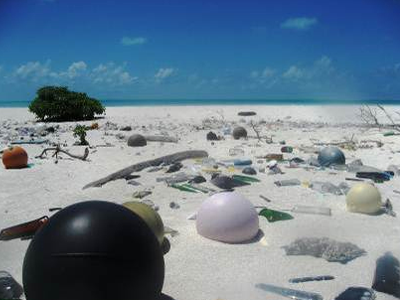
Stranded plastic waste, Papahanaumokuakea Marine National Monument, 2006, photo: © Paulo Maurin/NOAA
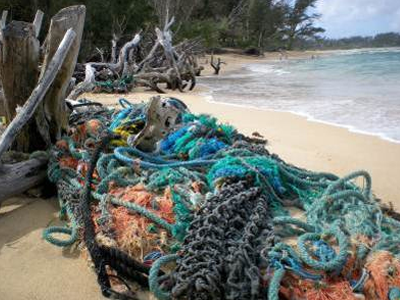
Washed up ghost nets, Hawaii, US, photo: © Chris Pincetich/Marine Photobank
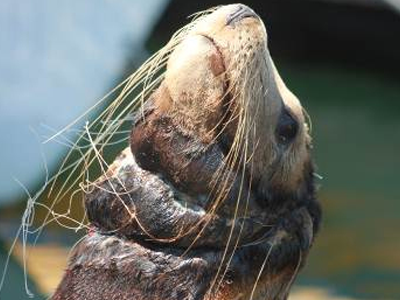
California seal with a gillnet cutting into his neck, US, 2009, photo: © Kanna Jones/Marine Photobank
The Mermaid’s Tears
This exhibit is an artpiece designed by Richard Lang and Judith Lang. It simulates the real situation where the mixing between microplastic and sand takes place in beaches contaminated by plastic garbage. With the help of a magnifying glass, can you distinguish grains of sand from plastic particles?
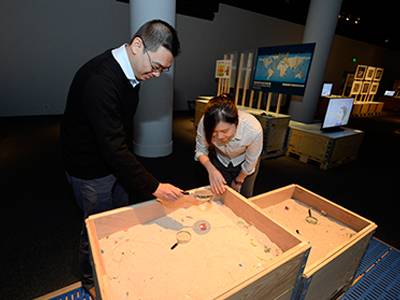
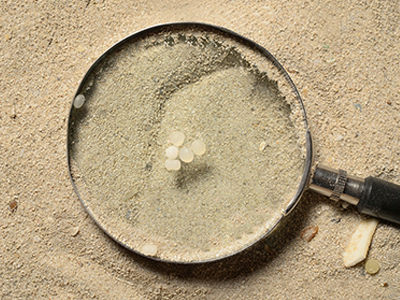
Plastic in Everyday Life
Base on the principle of material science, these exhibits introduce the chemical composition, classification and recycling processes of different plastic products, and explore ways of minimizing the disposal of plastic items.
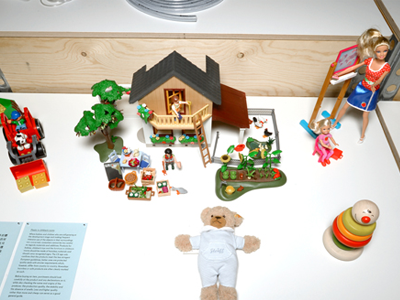

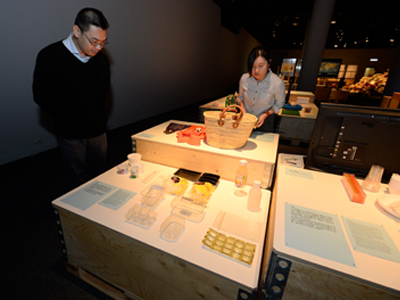
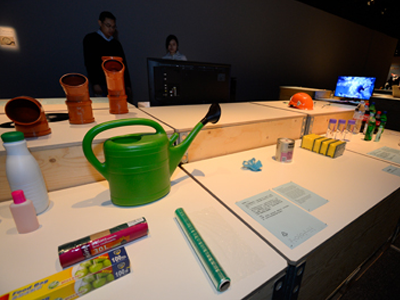
Plastic Ocean Theatre
Constituted by a series of audiovisual programmes, it elaborates the damage of the sea caused by plastic garbage at different perspectives.
Plastic Sea Garbage in Hong Kong
This corner displays plastic garbage collected from local beaches and classified by students participating in “Project WeCan”. It also showcases different works of art created by the students using the plastic garbage. In addition, the Inter-departmental Working Group on Clean Shorelines provides an interpretation on the issue of plastic sea garbage in Hong Kong.
